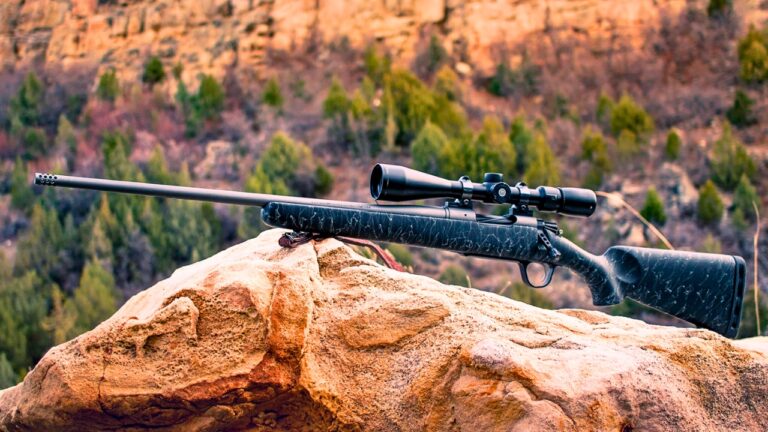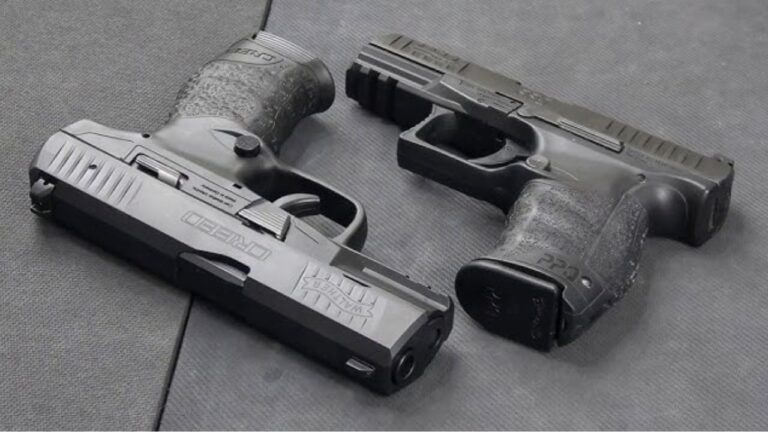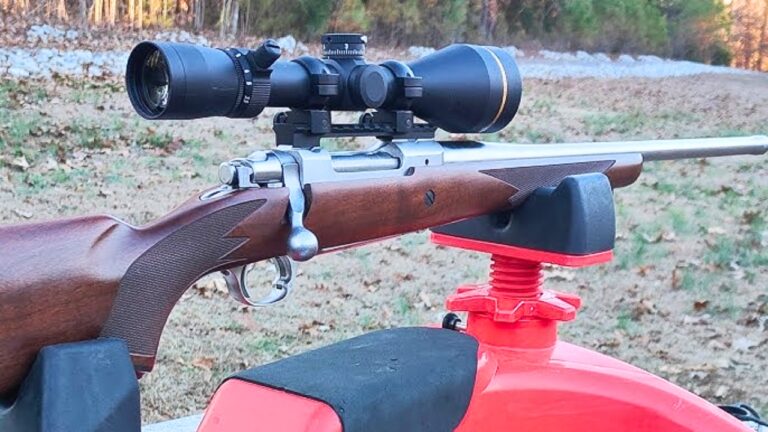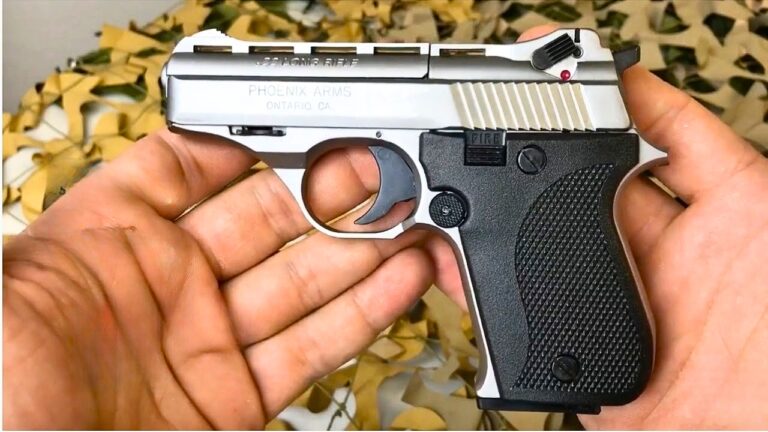It’s easy to get hooked on the promise of a “budget tack driver.” The rifle racks are full of models claiming sub-MOA performance right out of the box, and the price tag makes you think you’ve beaten the system. For a few range trips, maybe you did. The groups look tight, the action feels smooth enough, and you’re patting yourself on the back for finding a rifle that shoots like it costs twice as much. Then a few months in, things start to change—groups open up, zero drifts, screws loosen, and that miracle gun doesn’t feel the same. The truth is, most bargain rifles aren’t built to hold that kind of accuracy long-term. They shoot great when new, but time, recoil, and weather expose every corner that was cut to get that price down.
Stocks that never stay straight
The first thing to go wrong on most budget rifles is the stock. They’re injection-molded and flexible, which keeps costs low but precision inconsistent. When the temperature changes or you tighten the sling a little too much, the stock twists just enough to throw the barrel off-center. You can free-float the barrel yourself or bed the action, but most shooters never do—and that’s where accuracy fades. One season of hunting or range time is all it takes before that “MOA rifle” starts printing inch-and-a-half groups. It’s not the barrel’s fault; it’s the stock sagging under pressure.
Barrels that can’t take the heat
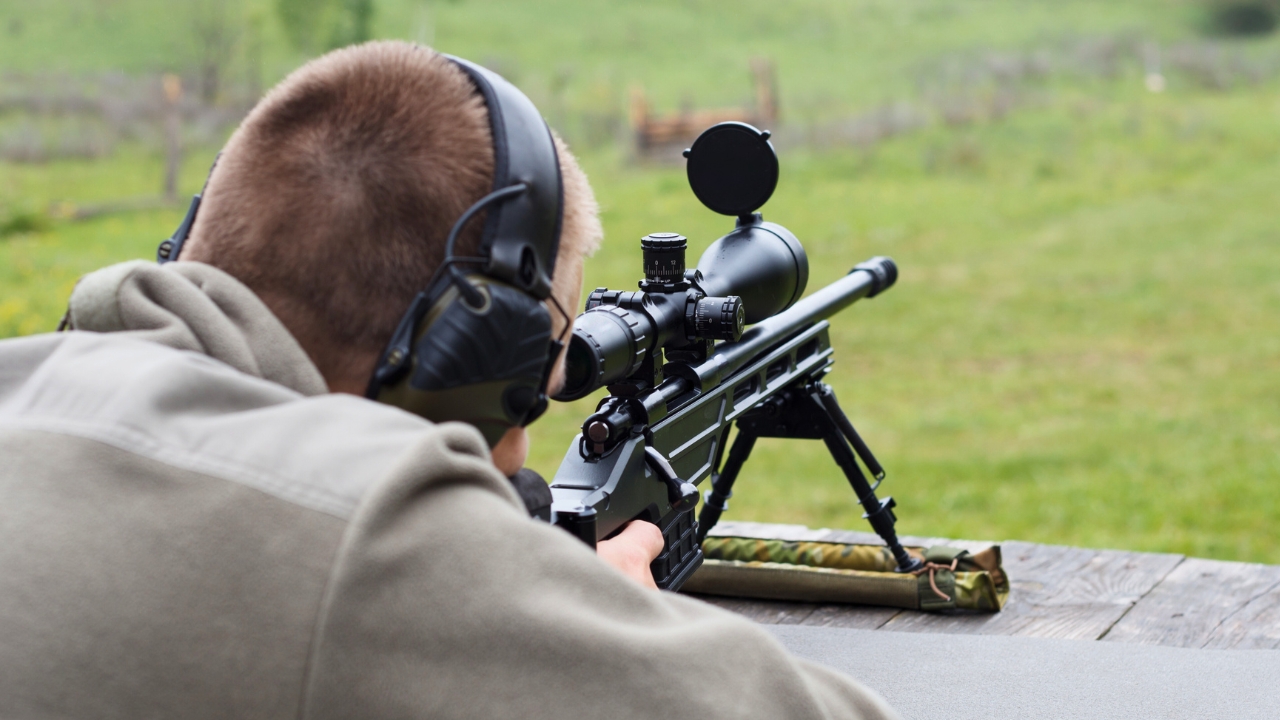
Most budget rifles have thin, sporter-profile barrels that heat up fast and walk as they do. They’ll shoot a few tight groups at first, but after a couple boxes of ammo, you’ll start to see your shots drifting higher or sideways. That’s because light barrels expand unevenly, and cheaper steel doesn’t dissipate heat well. Even cleaning solvents can start to strip out the crown or wear at the throat faster than on premium barrels. By the time hunting season rolls back around, that once-tight-shooting rifle struggles to hold the same zero you trusted last year.
Triggers that feel great—until they don’t
Out of the box, most budget rifles ship with decent triggers. They’re crisp enough for hunting and adjustable enough to make you think you scored a deal. But after a few hundred rounds, you start feeling grit, creep, and inconsistency. The problem isn’t wear—it’s tolerance. Those parts are stamped, not hand-fitted, and they start to shift or bind with use. Add a little dust, oil, and carbon buildup, and you’ll notice your groups opening. A bad trigger won’t turn a good rifle into a bad one overnight, but it can ruin your confidence faster than you’d think.
Optics mounting that never holds up
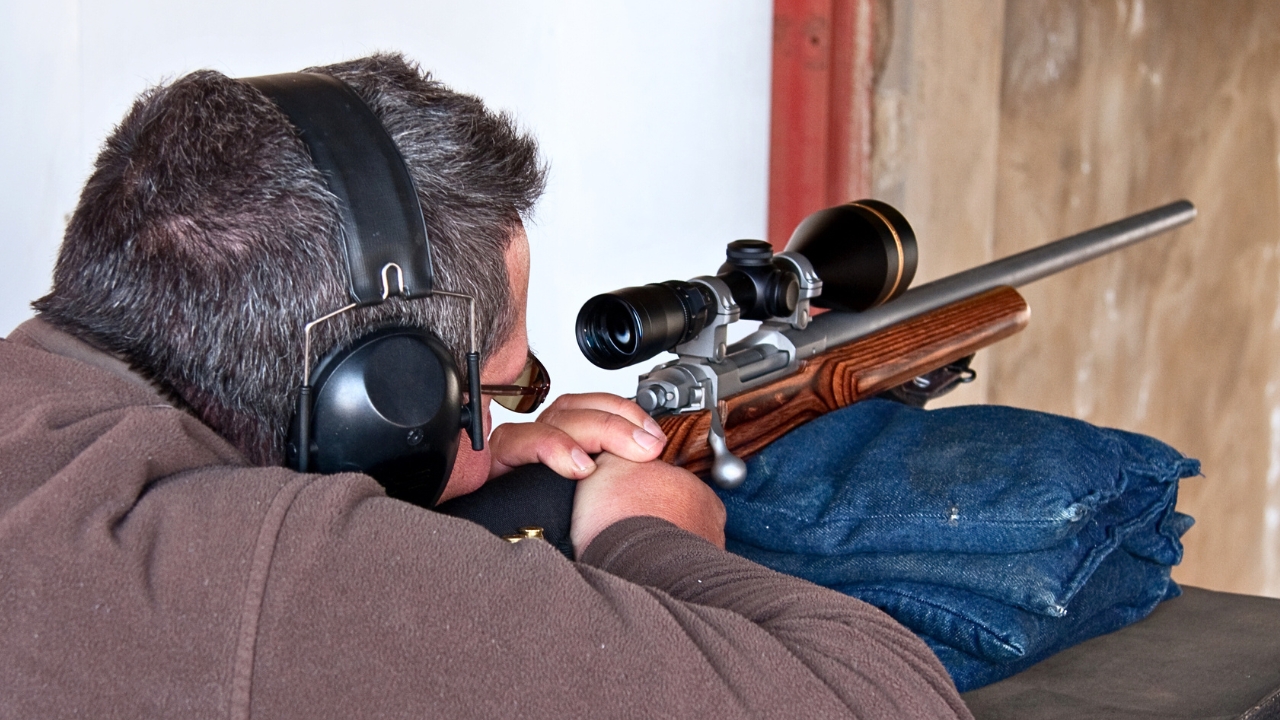
Cheap rifles almost always come with cheap rings or bases, and that’s a disaster waiting to happen. The screws strip, the bases shift, or the alignment’s off from the start. It might hold zero for a dozen trips, then one bump in the truck throws everything off. Combine that with inconsistent torque and thermal expansion, and your “tack driver” becomes a guessing game. You can fix it with quality mounts, but most buyers who grab a rifle-scope combo don’t bother. Before long, you’re chasing zero and blaming ammo when it’s really hardware failure.
Bolt wear that sneaks up fast
Budget rifle actions aren’t polished or hardened like their pricier counterparts. After a few hundred cycles, the lugs start to wear unevenly, or the bolt handle develops noticeable play. That looseness doesn’t just feel sloppy—it changes how consistently the cartridge seats in the chamber. And inconsistency at that stage means inconsistency downrange. It’s subtle at first, but by next season, your shots string vertically and you’re cleaning the action twice as often trying to figure out why. Once that wear starts, there’s no fixing it without machining or parts replacement.
Crowns that erode with cleaning
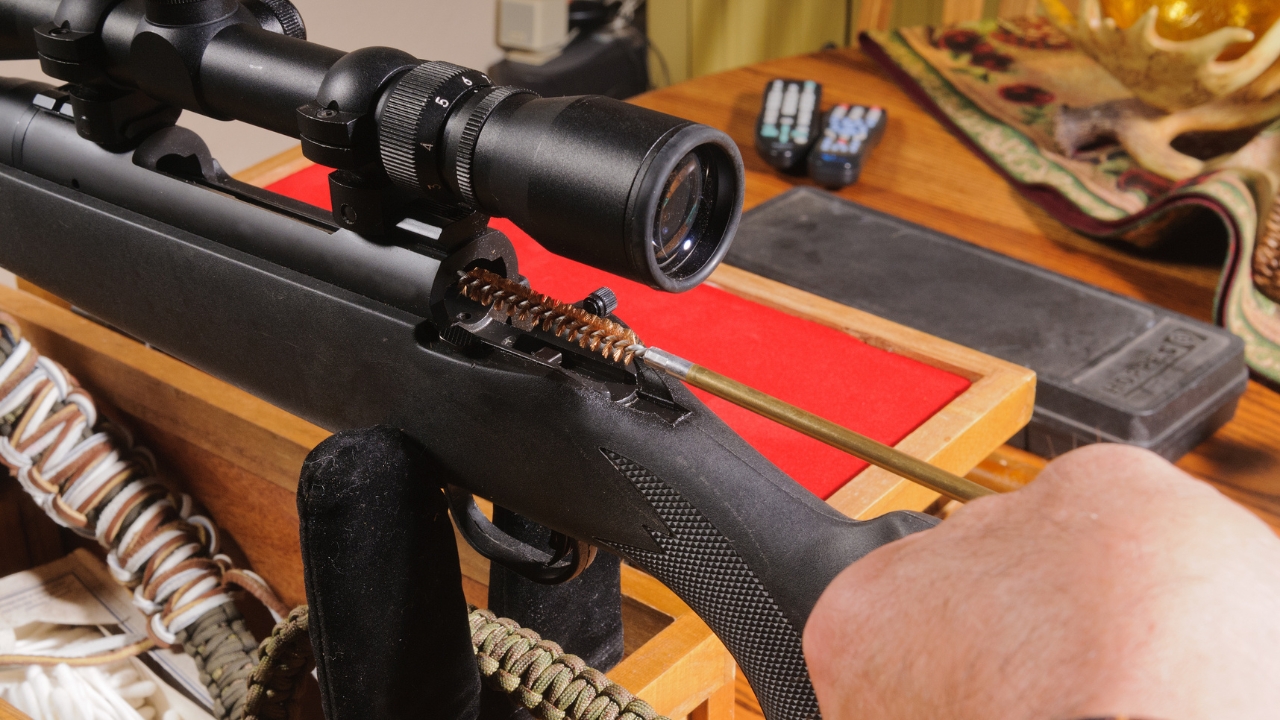
You can have the best barrel in the world, but if the crown starts to wear or pit, your accuracy’s done. Many budget rifles leave the factory with shallow or rough crowns to save machining time, and they’re easily damaged by cleaning rods or solvents. You won’t notice right away—it happens gradually—but groups start widening even though you’re doing everything right. A professional recrown can fix it, but by the time most shooters realize what’s wrong, they’ve already moved on to another rifle. It’s one of the most overlooked reasons budget tack drivers lose their edge.
Accuracy that was never consistent to begin with
A lot of budget rifles “shoot great” because of lucky barrel harmonics with a specific load. The factory might test with one brand of ammo and slap a sub-MOA guarantee on the box. But switch brands or bullet weights, and suddenly the magic’s gone. Those barrels were never stress-relieved, the chambers are cut fast, and tolerances vary from one rifle to the next. What looked like precision was really a perfect coincidence between ammo and assembly. Once that balance shifts, the illusion of accuracy disappears—and no amount of tinkering brings it back.
The myth of the forever budget rifle
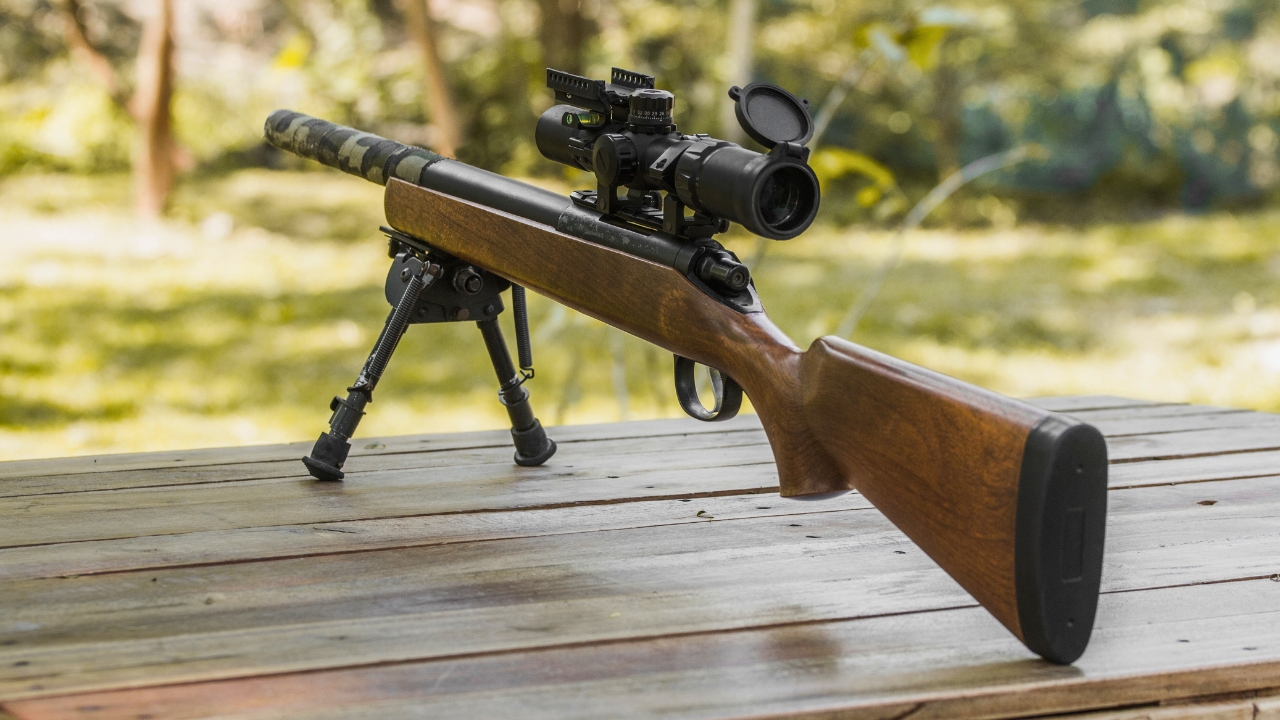
There’s nothing wrong with buying a cheaper rifle, as long as you know what it is—a temporary performer. They’re fun for the first few months, fine for a season or two, but they’re not built for a lifetime of dependable accuracy. They’re machines made to hit a price point, not a performance benchmark. If you want a rifle that’ll still print tight groups five years from now, invest in quality materials, real bedding, and consistent machining. The “budget tack driver” might shine bright for a moment, but by the time that first year’s over, most of them fade fast.
Like The Avid Outdoorsman’s content? Be sure to follow us.
Here’s more from us:
Calibers That Shouldn’t Even Be On the Shelf Anymore
Rifles That Shouldn’t Be Trusted Past 100 Yards
*This article was developed with AI-powered tools and has been carefully reviewed by our editors.


